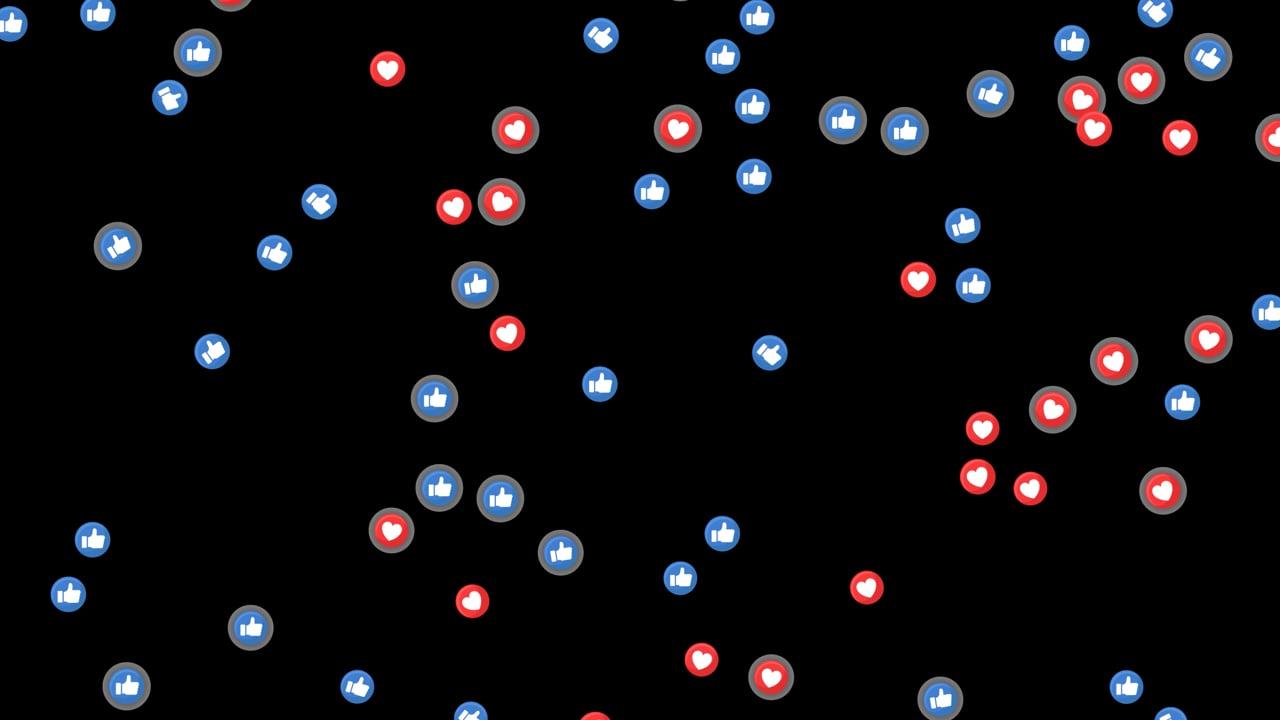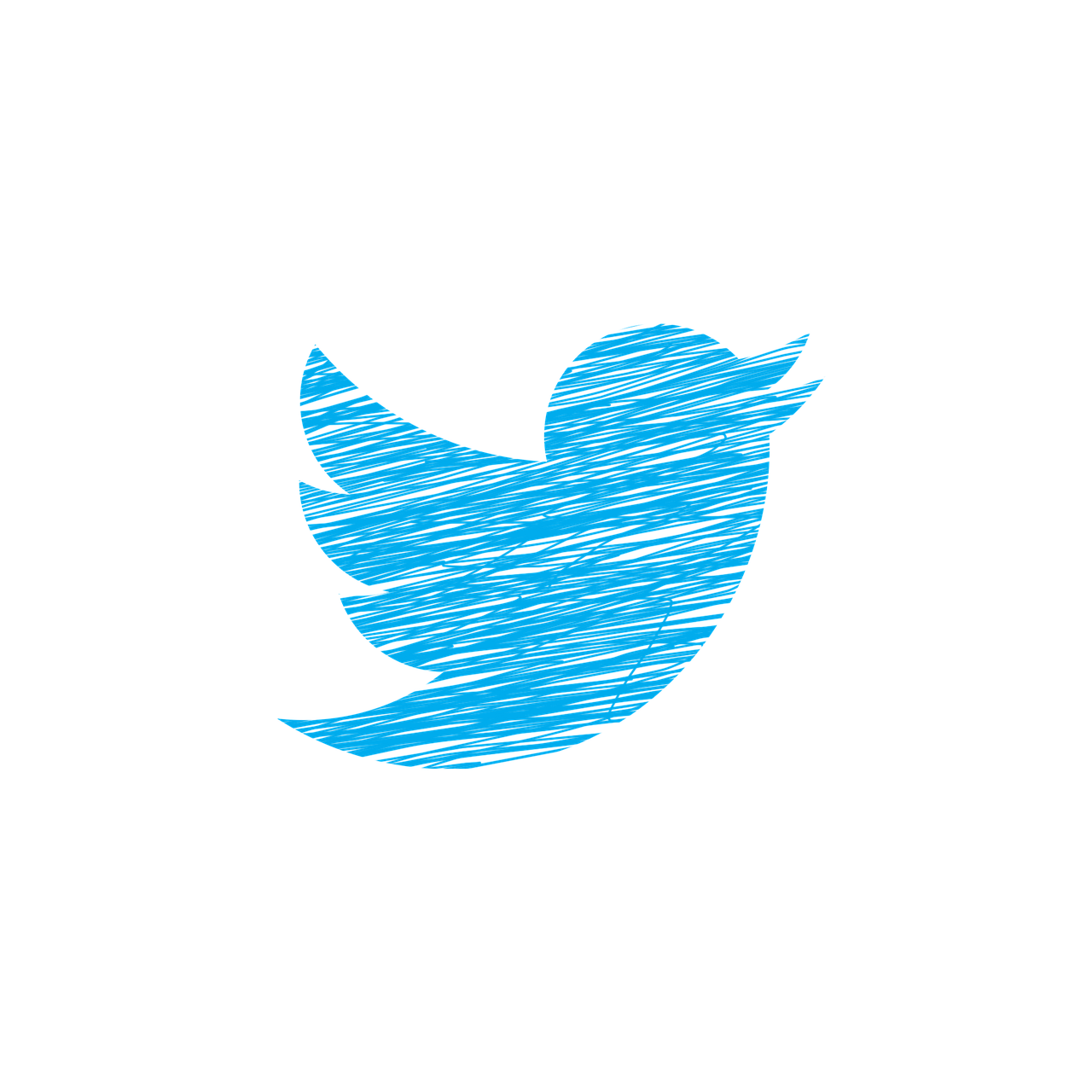“`markdown
Introduction
Hey there! So, you’ve probably wondered about the big deal between Twitter and Instagram. Both are huge platforms, right? But what makes them tick differently? Today, let’s dive into this digital world, focusing on Twitter vs Instagram users, which platform might be better for you, and why they’re not just two sides of the same coin. Let’s explore over a virtual cup of coffee, shall we?
Twitter vs Instagram Users
When we talk about Twitter and Instagram, we’re diving into two distinct user bases. Twitter is often seen as a platform dominated by news aficionados, thought leaders, and, sometimes, the infamous Internet debates. It’s where people dive into conversations and sometimes uproar over tweets.
On the other hand, Instagram’s user base is like that aesthetically inclined friend who always has the best travel photos and foodie videos. It’s the playground for brands, influencers, and visual storytellers. If we compare the demographic stats, Instagram skews a bit younger, attracting teens and young adults who love sharing life’s beautifully filtered moments.
When my teenage cousin first joined Instagram, she was all about capturing the perfect sunset or her adorable cat. But my uncle, a news junkie, spends his morning coffee browsing Twitter, catching up on global happenings.
Example
Let’s say you’re looking to engage with an audience passionate about tech news or policy changes. Twitter would be your go-to. On the flip side, if you’re launching a new line of chic fashion accessories, Instagram’s visually driven platform could be a goldmine for your brand.
Which is Better: Twitter or Instagram?
So, the million-dollar question: which platform is better? Honestly, it depends on what you’re looking for. Twitter is unmatched if you’re aiming for real-time updates, breaking news, or engaging in public discussions. It’s like attending a massive, never-ending digital town hall.
But if visual storytelling is more your vibe, then Instagram is your canvas. Its focus on images and videos offers a personal touch, perfect for creating brand narratives or just sharing life’s beautiful moments.
Personal Insight
I’ve often felt Twitter is where I can witness history unfold – like when a major event happens, that’s where I go to witness global reactions. But when I want to immerse myself in creativity, art, or fashion – Instagram never disappoints.
What is the Main Purpose of Instagram?
Let’s jump into what Instagram is all about. Instagram started as an app for photo sharing. Over the years, it evolved into a powerhouse for visual content. The primary purpose? To let people share life’s beautiful moments, discover new things, and connect over shared interests.
Imagine you’re on a picturesque vacation. Every sunset, every beach wave is just begging to be on Instagram. That’s what this platform is about – moments, memories, and mesmerizing visuals. It’s why businesses flock to it – to create engaging stories and build a loyal audience through visual content.
Step-by-Step
- Snap a picture or record a short video.
- Apply one of Instagram’s many filters to enhance your content.
- Add a catchy caption and some relevant hashtags.
- Share it for others to like, comment, or share.
Simple, right? That’s the beauty of Instagram! It’s about celebrating visuals.
Is Twitter and Instagram the Same Company?
Quick trivia! Is Twitter and Instagram one big happy family? Nope, they’re not. Twitter started in 2006 as an independent platform. Instagram followed much later in 2010 and was quickly snapped up by Facebook in 2012.
The fact that they’re under different commands allows them to serve distinct purposes and constantly innovate in their unique ways. While Twitter focuses often on real-time updates and dialogue, Instagram continues to expand its visual-focused offering.
Interesting Fact
Facebook’s acquisition of Instagram was a masterstroke, allowing them to diversify while reaching a younger audience. This move showcased Facebook’s foresight in the social media world.
Is it Easier to Grow on Instagram or Twitter?
Now, let’s talk growth. Is it easier to build an audience on Instagram or Twitter? The answer largely boils down to your content style and strategy.
Instagram has a seemingly endless hunger for new visuals, stories, and reels, making it a fertile ground for those who excel in visual creativity. It offers various features – stories, IGTV, reels – each a catalyst for growth.
On the other hand, Twitter is timing and tempo. Growth might be slower as it’s more about engaging in trends, conversations, and witty quips. Consistency matters, and personas can go viral if the messaging strikes a chord.
Growth Tips
- Instagram: Focus on quality visuals, use hashtags wisely, collaborate with influencers, and engage with followers.
- Twitter: Stay updated with trending topics, engage in conversations, and craft sharp, shareable tweets.
Why Do People Use Twitter Instead of Instagram?
Alright, why Twitter over Instagram? For starters, Twitter is the go-to for anyone seeking dialogue over aesthetics. It allows freedom of thought and expression across every imaginable topic.
People love that it’s typically much more direct. Want updates from your favorite brand or political figure? Twitter delivers this instantly. This interaction level is why people gravitate toward Twitter when they want to be part of the conversation.
Examples
I remember logging onto Twitter during a major sports event. The thrill of reading comments, predictions, and instant replays made me feel like part of the live audience. Instagram, however, gave me the highlight reel later – all the best moments beautifully captured.
Difference Between Facebook, Twitter, and Instagram
Enter Facebook to spice things up. With Facebook, Twitter, and Instagram, we’re looking at the trifecta of the social media world – each platform offering unique features and experiences.
Facebook is where friends and families connect. Twitter is for engagement and news-seeking. Instagram, on the other hand, is for visual stories.
Imagine attending a party. Facebook is like catching up with family, Twitter is a roundtable debate, while Instagram is the photo booth where everyone poses for the perfect shot. Depending on your mood or needs, each offers a different experience, which is why so many users rotate between all three.
What is the Difference Between Twitter and Instagram for Students?
Onto the student life! When it comes to students, Twitter and Instagram offer different benefits. Twitter can be an exceptional learning tool, providing access to experts in various fields, up-to-date research, and academic discussions.
Instagram can be just as valuable. It’s a great platform for students studying art, design, or photography, where they can showcase their work and find inspiration. Instagram’s networking capabilities also shouldn’t be underestimated.
Anecdote
Back in my student days, I used Twitter to follow thought leaders in my field, often referencing real-time discussions in my projects. Instagram, however, was my go-to for downtime – following travel photographers who inspired my creative juices.
FAQs about Twitter and Instagram
What are the core differences between Twitter and Instagram?
Twitter focuses on text-based updates and real-time interaction, while Instagram is centered around sharing visual content and stories.
Which platform is better for brands?
Both can be great depending on your goals. Twitter is excellent for dialogue-driven engagement, and Instagram is ideal for visual branding.
Can I link my Instagram to Twitter?
Yes, integrating your accounts allows content sharing across platforms, but ensuring content relevancy remains important.
Which is more popular among Gen Z?
While Gen Z uses both, Instagram often holds the edge due to its visual storytelling appeal.
Wrapping Up
Both Twitter and Instagram have something exceptional to offer. By understanding their unique characteristics, you can determine which platform aligns with your individual or business goals. Whether you’re a brand, student, or someone who loves connecting online, both platforms offer unique experiences. How you leverage those differences is what counts.
Feel free to share your own experiences – which platform do you prefer and why? Looking forward to hearing your stories!
“`

